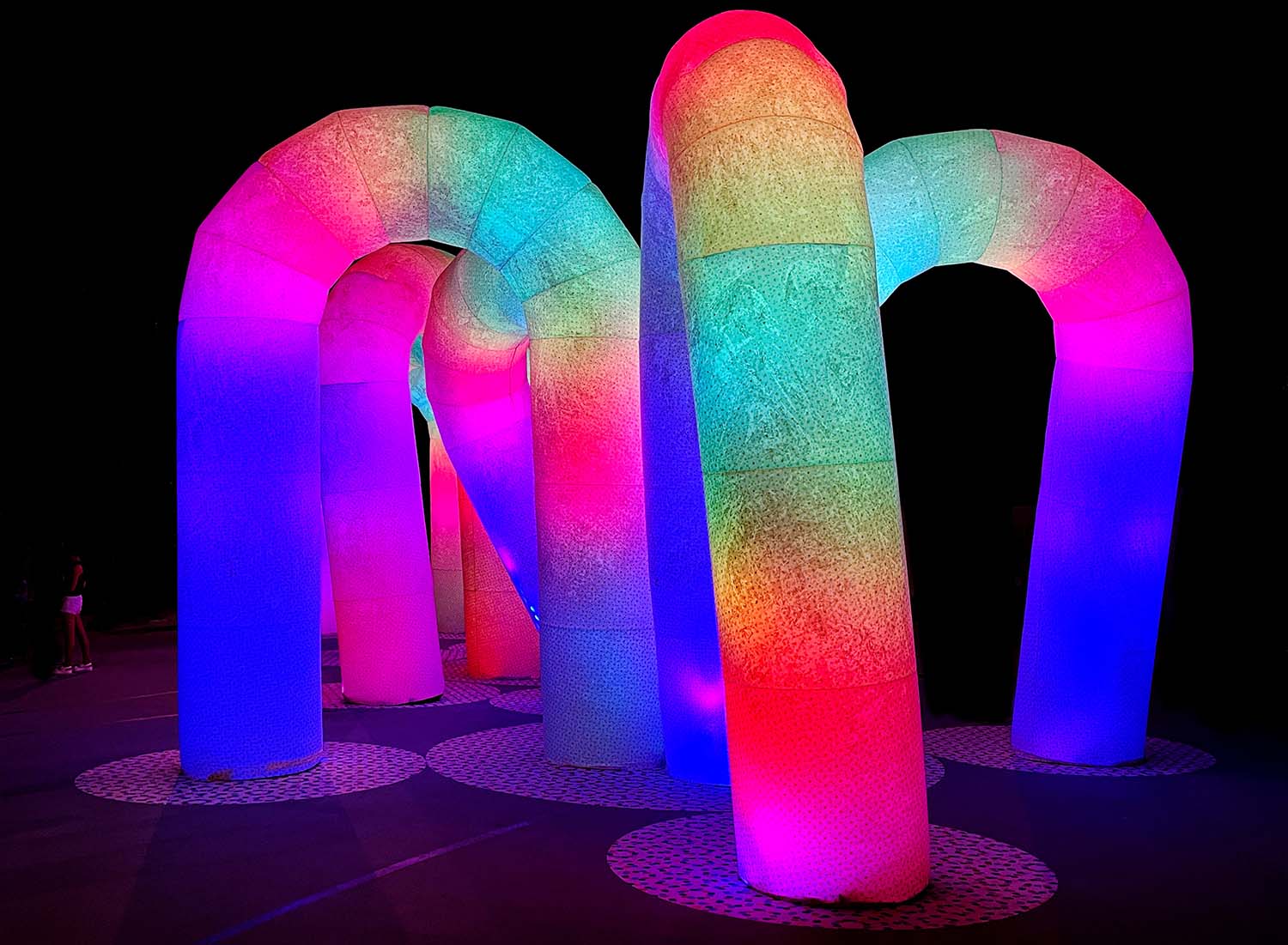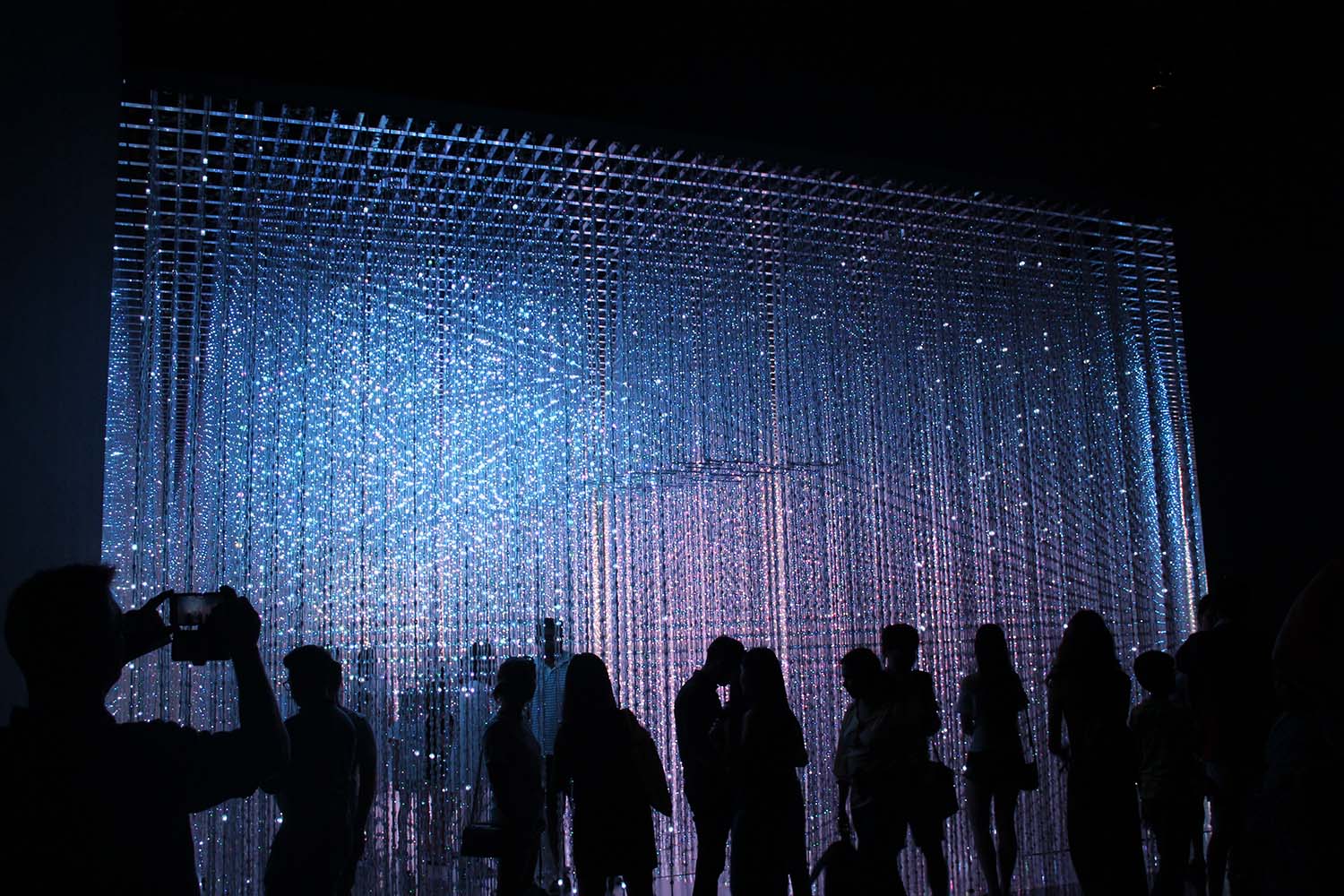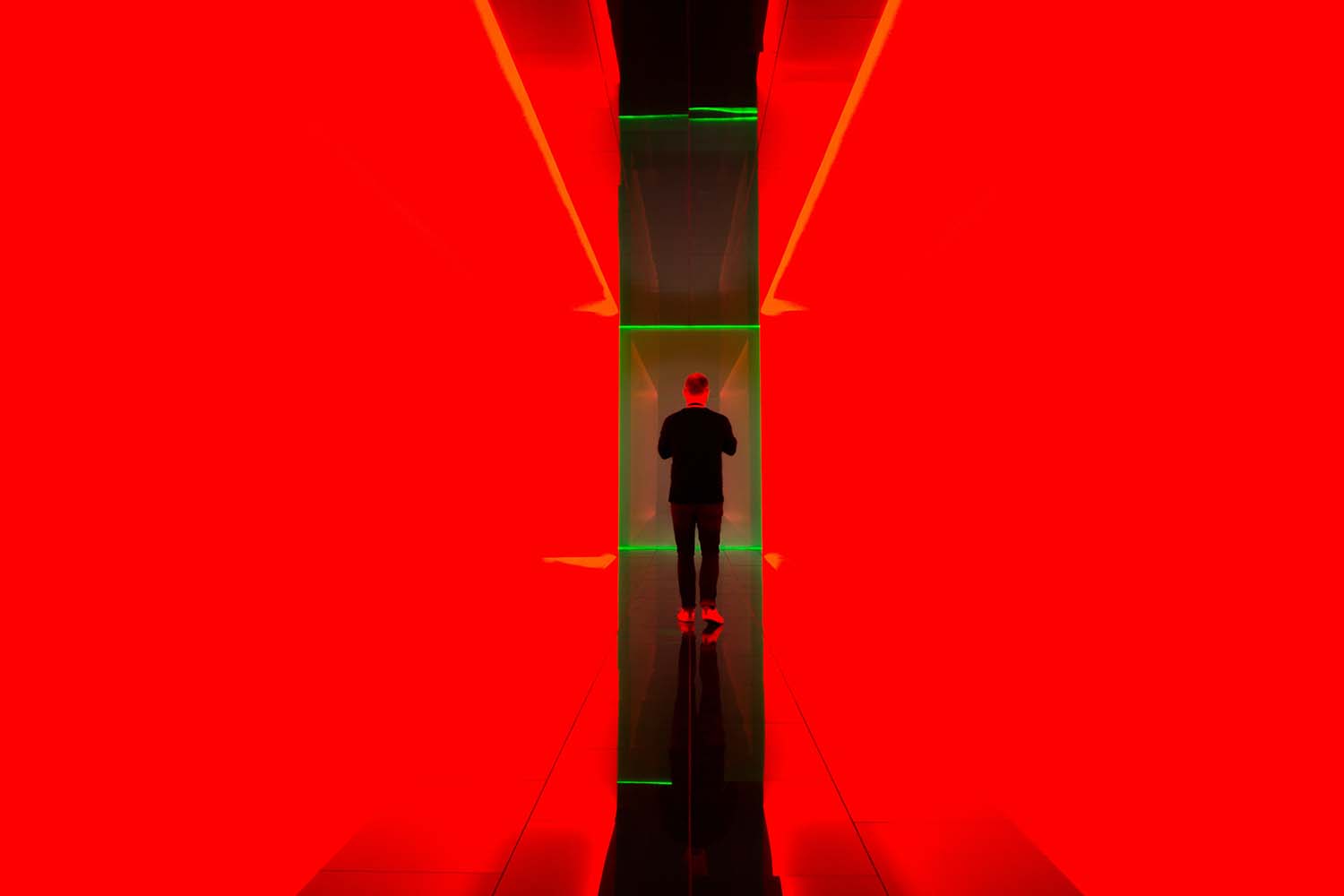In today’s world, a unique intersection of heritage and innovation is reshaping the realms of art and leisure. We witness a dynamic interplay of age-old art practices with the latest digital mediums, paving the way for new artistic avenues and forms of expression. This evolution fosters a cultural dialogue between the past and the present, enriching both realms. It opens doors for artists and audiences alike to rediscover traditional arts in the light of modern technology.

Photo, Pop & Zebra.
Digital Media’s Role in Traditional Art Forms
Initially viewed as distinct from conventional art, digital media is now intricately woven into it. Artists increasingly employ digital techniques to augment their creative journey, using everything from simple digital sketches to sophisticated design software. This technological integration significantly broadens the artistic toolkit. It enables artists to explore new dimensions of creativity and to reach wider audiences. Furthermore, this blend of old and new art forms facilitates a cross-generational dialogue, bridging the gap between different age groups and cultural backgrounds.
A notable trend in this blend is the surge of interactive digital art installations. These installations break conventional boundaries, integrating visual, auditory, and sometimes even tactile elements. They often feature interactive elements, inviting viewers to become an integral part of the art, a stark departure from traditional passive art consumption and signaling a new phase in audience engagement.
Technology has transcended its role as just an artistic tool; it’s now a medium for artistic expression. Digital platforms provide artists with novel ways to display their creations, as seen in the growing popularity of online galleries and virtual exhibitions, particularly significant during times when physical gatherings are restricted.

Photo, Rodolfo Cuadros.
Innovative Design in Contemporary Recreational Spaces
Contemporary leisure spaces reflect a fusion of aesthetic appeal and functionality. Designers face the challenge of creating spaces that are both visually striking and suited to modern lifestyles, leading to innovative design trends in various venues, from art galleries to versatile entertainment centres. Emerging trends include:
– Integrating cutting-edge lighting systems for enhanced ambiance;
– Employing interactive displays for visitor engagement;
– Offering immersive audio-visual experiences for a dynamic setting.
Eco-conscious design elements are also included which subsume:
– Emphasising recycled materials in construction and decor;
– Implementing energy-saving systems to minimise ecological impact;
– Introducing indoor green spaces to connect with nature.
The Artistic Side of Digital Entertainment
The digital revolution has transformed our leisure experiences, evident in the evolution of online platforms. These range from streaming services and virtual reality to interactive museums and gaming platforms. The artistry in these platforms is evident in the curated content and user-friendly design, tailored to diverse preferences. For instance, online casino platforms are a prime example of art meeting technology. They offer more than traditional gaming experiences, featuring visually stunning interfaces and compelling narratives that turn simple games into enthralling experiences. The design of these platforms crucially blends artistic appeal with functionality.








